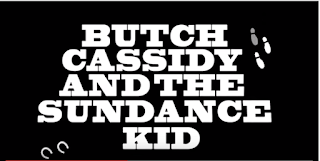Django Unchained
1. Look at the target audience for the film and how each film attracted their target audience.
Target Audience
When Quentin Tarantino's Django Unchained was released in 2012, it was given an "18" certificate in the UK by the BBFC as a result of the film's graphic scenes and frequent swearing, in particular the repeated use of the "N-word". Hence, it can be deduced that the film was created for those of 18+, which constitutes the majority of the film-viewers in our society. It goes without mention, then, that Tarantino did not create Django Unchained for a childhood and adolescent audience, as such young viewers would find not only the graphic violence and swearing Tarantino is known for unsettling, but would have also been disturbed by the film's subject matter following an escaped slave in 1800s America. Thirdly, the fact that Quentin Tarantino is such a revered filmmaker meant that his devoted fans would have been attracted to watching his latest venture into the director's seat.
How Did It Attract Its Target Audience?
Django Unchained was marketed for what it was, but it was done so in a clever way. As is evident from the first official poster (see below), it marketed itself to those who were prepared to think about what they were watching. This was done by the exclusion of the actual title of the film on the poster, opting instead for a more minimalist design that packed a massive statement. Also, the use of the red on the poster is an allusion to bloodshed and violence, which denotes one of the main themes of the movie. The poster, whilst intentionally leaving the film title out, purposely enhances the director's credit. This would have enticed those established fans of Quentin Tarantino to see the movie.
2. What Type of Company Distributes the Film?
Django Unchained was distributed by The Weinstein Company. This company formed by Bob and Harvery Weinstein in 2005 is known for working alongside Quentin Tarantino's other films from the founding of the company on.











































